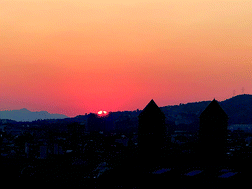Visible light in photodermatology
Abstract
Until recently, visible light (VL) had been regarded to be without significant photobiologic effect on the skin. Updated research suggests that this is not the case and the measurable effect of visible light on the skin is being documented in all skin types. Recent studies have demonstrated that in dark-skinned individuals, visible light can induce more intense and longer lasting pigmentation of the skin compared to UVA1. This effect was potentiated when VL was combined with a small percentage of ultraviolet A1 radiation (UVA1). Further, the combination of VL + UVA1 was also able to induce erythema in light-skinned individuals, a novel finding since the erythemogenic spectrum of sunlight had primarily been attributed to ultraviolet B (UVB) and short wavelength UVA (320–340 nm). Based on these findings, VL and UVA1 may also potentially play a role in conditions aggravated by sun exposure such as phototoxicity in light-skinned patients and post-inflammatory hyperpigmentation and melasma, especially in dark-skinned individuals. Currently available organic (chemical) UV filters are not sufficient to protect the skin from the effect of VL. VL is emerging as a key player in photodermatology and additional research is needed on the cutaneous effects of VL, as well as the development of filters and other means of photoprotection against the harmful effects of the VL spectrum. The aim of this manuscript is to review the literature on the cutaneous effects of VL as well as to highlight areas of dermatology where VL may play an important role.

- This article is part of the themed collection: The World Congress on Light and Life, Barcelona 2019


 Please wait while we load your content...
Please wait while we load your content...